First of all, this is not a duplicate question of this because it hasn't answered my questions below.
I searched for many resources and ended with no clear perception of how to perform signed number division using 2's complement, specifically for the case where one of the divisors or dividend or both are negative.
I read the Signed Number Division section from chapter 2 of Digital Fundamentals by Floyed and all of its examples and problems. I even read through internet resources that explain division, but they only used positive numbers (as explained below):
, but what about 100/-25 or -100/25 or -100/-25? What are the rules to follow?
Can anyone give a simple explanation on, for example, how to divide 14 by -7?


